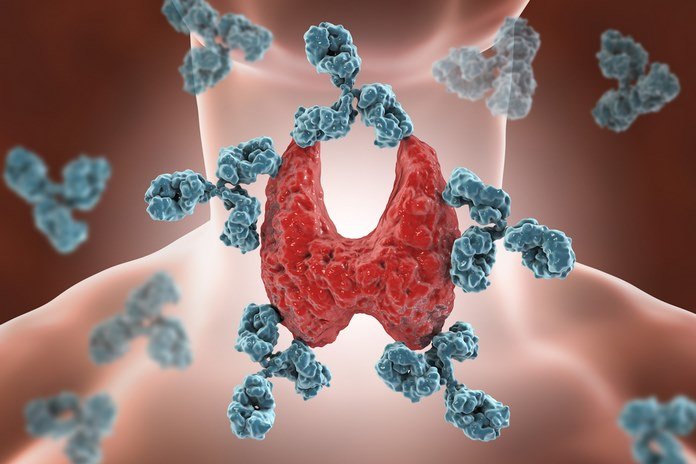Vitiligo Causes

Causes
Vitiligo is a skin disorder in which white patches start developing on the skin. Any area on the body can suffer from vitiligo and most people having vitiligo suffer from white patches on numerous areas. The human skin does not have its specific color as it loses its melanin. The melanin-forming cells known as melanocytes suffer destruction for some reason in vitiligo patients. It is not clear yet why the destruction of melanocytes happens. Vitiligo might be an auto-immune disorder in which the body’s immune system starts acting against its own cells instead of combating the invading germs.
Although vitiligo affects people of all ethnicities equally it is much more noticeable in people with darker skin tones. Almost up to 2% of the global population and around 2 to 5 million people living in America suffer from vitiligo. It does not matter if you are a woman or a man. It can develop earlier in life in most cases, especially between ages 10 and 30 years. Moreover, it will nearly always develop before you turn 40. Vitiligo might run in families. You are more likely to develop vitiligo when someone in your family suffers from it too or whenever people in your family get premature gray hair. Although the actual cause of vitiligo is not completely understood, there might be several different possible causes for different people with vitiligo.
The following can be the possible causes of vitiligo in most patients:
Autoimmune disorders
Autoimmune disorders such as thyroid disease known as Hashimoto’s thyroiditis and type 1 diabetes can lead to the increased possibility of getting vitiligo. Vitiligo develops when the melanocytes i.e., the pigment-producing cells stop functioning properly or die, the melanin pigment that is responsible for giving color to your hair, skin, and eyes runs short. Therefore, there is an appearance of white, blotchy patches all over the skin or sometimes on certain body areas. The discolored patches of skin might turn white or lighter. It is unclear exactly what leads to the failure or death of these melanin-producing cells. The affected person with any kind of auto-immune disorder has a faulty immune system that develops antibodies that actively destroy the melanin-producing cells.
Non-segmental vitiligo is the most common type of vitiligo that can develop in some people due to an auto-immune condition. The immune system is not working properly in an auto-immune condition. Instead of fighting against foreign factors such as viruses, the immune system of an auto-immune disorder patient attacks the healthy tissues and cells of the body. If you are suffering from non-segmental vitiligo then your immune system can be destroying the melanocyte skin cells. There is a close association of vitiligo with autoimmune conditions such as hyperthyroidism. However, not every vitiligo patient will be developing the symptoms due to these conditions.
